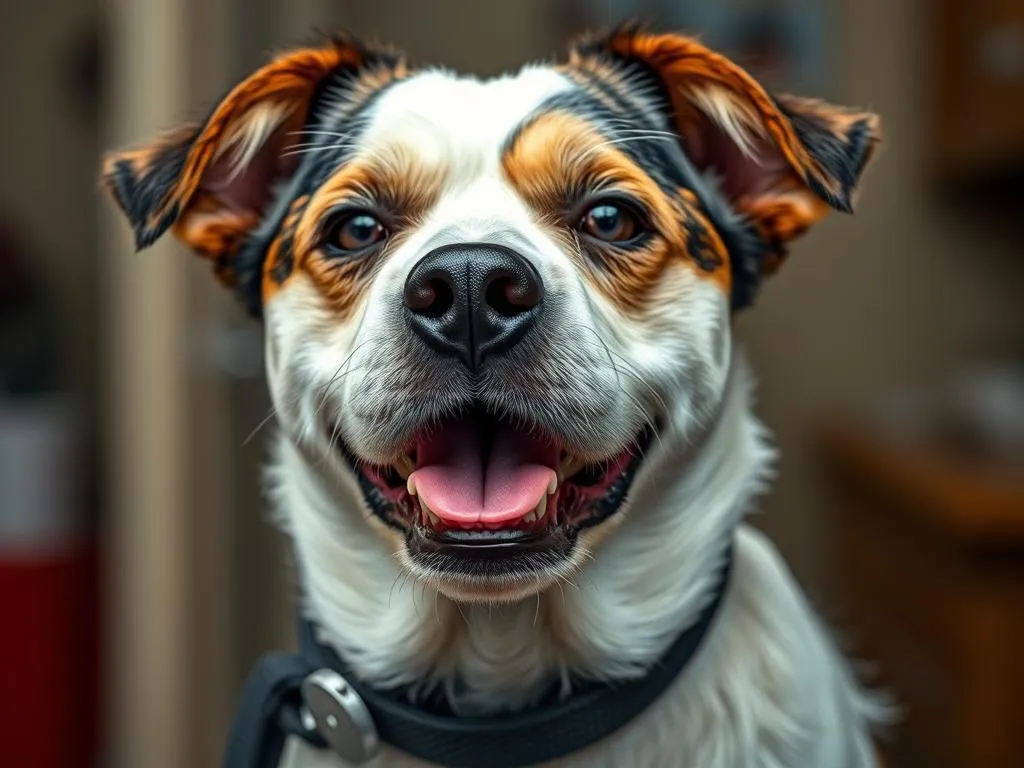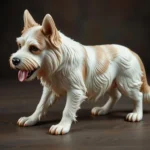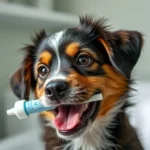
Introduction
Taking care of a dog involves more than just feeding and walking; it includes ensuring their overall health and well-being. Grooming is a crucial aspect of dog health care, and one topic that often sparks debate among pet owners is whether they should shave their dogs. The question should you ever shave a dog is more complex than it may initially seem. This article aims to explore the implications of shaving dogs, discussing health considerations, grooming best practices, and the various factors that influence the decision to shave or not.
Understanding Dog Grooming
Importance of Regular Grooming
Regular grooming is essential for maintaining your dog’s health and hygiene. It helps to remove dirt, debris, and loose hair, which can accumulate and lead to skin infections or irritations. Grooming also promotes good blood circulation and allows you to inspect your dog’s skin for any abnormalities, such as lumps or parasites. Additionally, a well-groomed coat can enhance the overall appearance of your pet, improving their comfort and confidence.
Furthermore, regular grooming is vital in preventing matting, especially in breeds with long or curly hair. Matting can cause discomfort, restrict movement, and even lead to painful skin conditions if not addressed. By keeping your dog groomed, you are not only enhancing their appearance but also contributing to their overall health and happiness.
Types of Dog Coats
Understanding the different types of dog coats is essential for effective grooming and determining whether shaving is appropriate.
-
Double Coat: Breeds like Siberian Huskies and Golden Retrievers have a double coat, consisting of a dense undercoat and a longer outer coat. These coats are designed to regulate temperature and protect against the elements.
-
Single Coat: Dogs like Greyhounds have a single coat, which is generally easier to maintain and does not require as much grooming.
-
Curly Coat: Breeds such as Poodles have curly coats that require regular grooming to prevent matting and maintain their texture.
Knowing your dog’s coat type will help guide your grooming practices and influence your decisions about shaving.
Why People Consider Shaving Their Dogs
Common Reasons for Shaving
Many pet owners consider shaving their dogs for various reasons. Some of the most common include:
-
Seasonal Temperature Control: In hot weather, some believe that shaving their dog will help keep them cooler. However, this is often a misconception.
-
Reducing Shedding During Warmer Months: Many pet owners think that shaving will minimize shedding. While it may reduce loose hair temporarily, it doesn’t significantly affect overall shedding.
-
Addressing Skin Issues or Allergies: In some cases, dogs suffering from skin conditions may benefit from shaving, as it allows better access to the skin for treatment.
-
Post-Surgery Care: Sometimes, shaving is necessary for surgical procedures to ensure the area is clean and free from hair.
Myths Surrounding Dog Shaving
Several myths exist regarding dog shaving that can mislead pet owners. One common belief is that shaving a dog will help them stay cool in the summer. In reality, a dog’s coat provides insulation against both heat and cold, and shaving can actually lead to overheating.
Another misconception is that shaving will prevent shedding. While it may seem logical, shedding is a natural process that occurs regardless of whether a dog is shaved. In fact, shaving a double-coated dog can disrupt the natural shedding cycle and lead to issues with coat regrowth.
Health Considerations Before Shaving
Potential Risks of Shaving
Before deciding to shave your dog, it’s important to consider the potential risks involved.
-
Skin Irritations and Injuries: Shaving can lead to nicks, cuts, and irritations, particularly if done improperly. This is especially true for dogs with sensitive skin.
-
Impact on Coat Regrowth and Texture: Shaving can alter the structure of a dog’s coat, leading to changes in texture and growth patterns. Some double-coated breeds may experience uneven regrowth, making their coat look unkempt.
-
Increased Vulnerability to Sunburn and Temperature Fluctuations: Without their protective coat, dogs are more susceptible to sunburn. Furthermore, they may struggle to regulate their body temperature, leading to overheating in summer and chills in winter.
When Shaving May Be Necessary
While shaving is generally not recommended, there are specific situations where it may be necessary. Medical conditions, such as severe skin infections or certain types of surgery, may require a dog to be shaved for treatment. In these instances, it is crucial to consult with a veterinarian to understand the best course of action for your dog’s health.
Alternatives to Shaving
Grooming Techniques
If you’re looking for alternatives to shaving, there are several grooming techniques that can help maintain your dog’s coat without the need for a razor.
-
Effective Brushing and Detangling: Regular brushing is essential to remove loose hair and prevent matting. For dogs with long or curly coats, using a detangling spray can make the process easier.
-
Importance of Regular Baths and Skin Care: Bathing your dog regularly helps maintain coat cleanliness and overall skin health. Choose a shampoo suitable for your dog’s coat type and avoid over-bathing, as this can strip natural oils.
Cooling Solutions for Dogs
Keeping your dog cool in hot weather doesn’t have to involve shaving. Here are some effective solutions:
-
Hydration: Ensure your dog has access to fresh water at all times to help regulate their body temperature.
-
Shade and Ventilation: Provide shaded areas for your dog to rest in. If your dog is indoors, ensure proper ventilation and air conditioning during hot months.
-
Cooling Mats: Consider investing in a cooling mat designed specifically for pets. These mats can help keep your dog comfortable without compromising their coat.
Best Practices for Dog Grooming
Professional Grooming vs. DIY
When it comes to grooming, pet owners often face the decision of whether to seek professional services or handle grooming at home.
-
Pros and Cons of Professional Grooming Services: Professional groomers have the experience and tools to handle various coat types effectively. They can also provide specialized services, such as de-shedding treatments and styling. However, this can be costly and may not be feasible for all pet owners.
-
Tips for Safe At-Home Grooming: If you choose to groom your dog at home, invest in quality grooming tools, including brushes, clippers, and combs suitable for your dog’s coat type. Take your time and be patient; grooming should be a positive experience for both you and your dog.
Tools and Products for Grooming
Having the right tools and products can make a significant difference in your grooming routine. Here are some essentials:
-
Brushes: Use a slicker brush for detangling and a bristle brush for smoothing the coat.
-
Clippers: Invest in a high-quality clipper designed for pet grooming if you need to trim your dog’s coat.
-
Shampoos and Conditioners: Choose gentle, pet-safe products that cater to your dog’s specific skin and coat needs.
-
Ear and Eye Care Products: Don’t forget about cleaning your dog’s ears and eyes, as these areas also require regular attention.
Frequently Asked Questions (FAQs)
Should I shave my dog for summer?
Many pet owners worry about their dogs overheating in the summer. However, shaving is generally not necessary. Instead, focus on regular grooming and providing plenty of shade and water to keep your dog comfortable.
Can shaving a double-coated dog be harmful?
Yes, shaving a double-coated dog can be harmful. It can disrupt their natural insulation, leading to overheating and increased sensitivity to temperature changes. It’s best to consult with a veterinarian or a professional groomer regarding the best grooming practices for these breeds.
How often should I groom my dog?
The frequency of grooming depends on your dog’s breed and coat type. Long-haired breeds may require grooming several times a week, while short-haired breeds may only need grooming every few weeks. Regular brushing helps remove loose hair and prevent matting.
Conclusion
In conclusion, the decision of should you ever shave a dog is not straightforward. While there are circumstances where shaving may be necessary, it’s essential to consider the potential risks and understand the grooming needs specific to your dog’s coat type. Regular grooming, proper care, and consulting with professionals are key to ensuring your dog’s health and well-being. Always prioritize your dog’s comfort and consult with veterinarians or professional groomers for personalized advice tailored to your dog’s unique needs.









